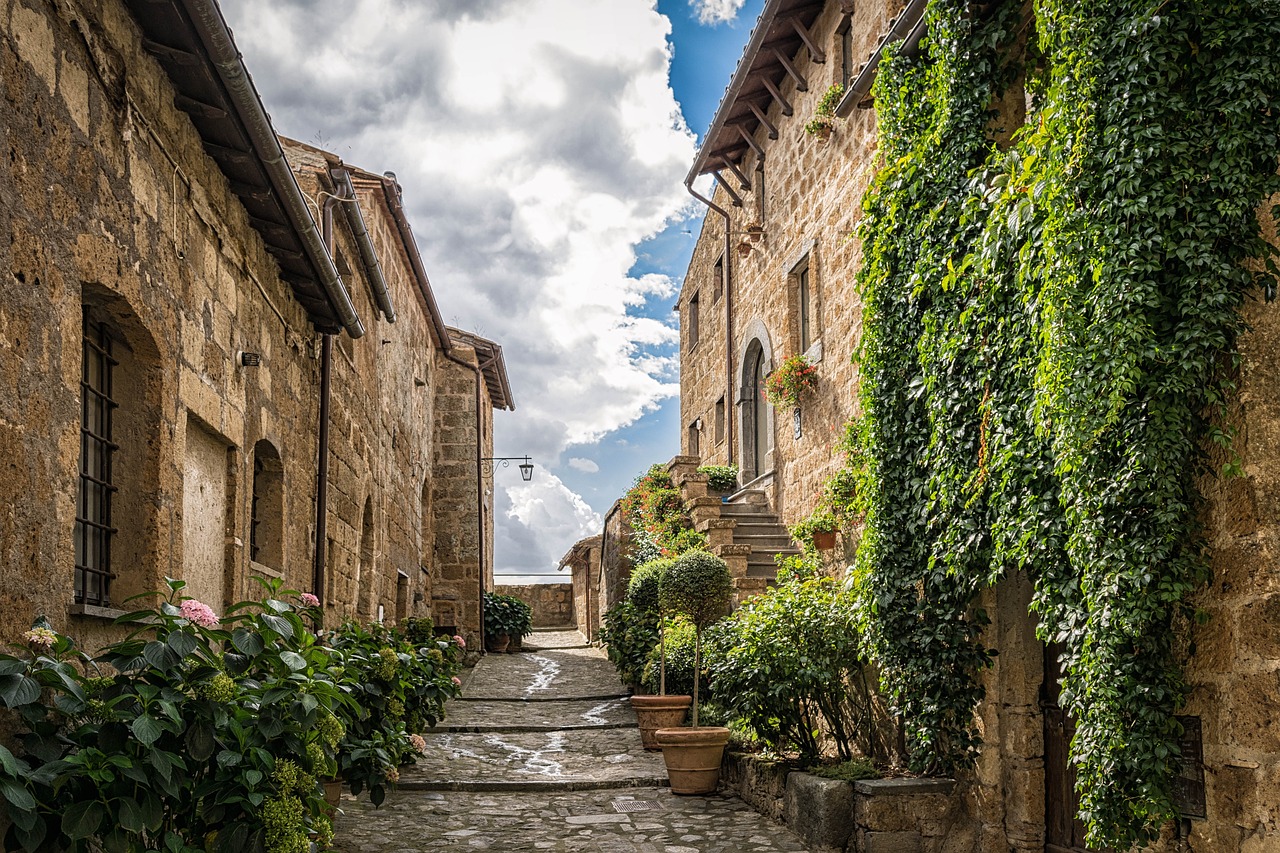Are you aware of the significant role that cultural and historical context plays in shaping the architectural designs we see today? Every architectural masterpiece that we admire and appreciate today has been influenced by the cultural and historical context of its creation.
The materials used, the shapes and forms adopted, and even the building’s location are all products of the cultural and historical context in which the building was conceived.
The relationship between architecture and culture is symbiotic, with each influencing the other. Architecture is a reflection of culture, and culture is reflected in architecture. Understanding this relationship is essential in appreciating the significance of the architectural designs we see around us.
In this article, we will delve into the influence of cultural and historical context in architecture and explore how it impacts the design, aesthetics, and function of buildings.
The Role of Materials in Architectural Design
Materials are the backbone of architectural design, and without them, buildings lack the soul and character that make them truly unique. The choice of materials used in a building’s construction can have a significant impact on its overall aesthetic, functionality, and sustainability.
Architects must consider a range of factors when selecting materials, including their durability, cost, and environmental impact. Sustainability considerations have become increasingly important in recent years, with architects seeking to create buildings that are both aesthetically pleasing and environmentally friendly.
This has led to a greater focus on the use of sustainable materials, such as bamboo, recycled steel, and reclaimed wood. Technological advancements have also played a role in the selection of materials, with new materials being developed that offer improved durability, strength, and energy efficiency.
As architects continue to push the boundaries of design, the role of materials in architectural design will continue to evolve, with new materials and techniques being developed to meet the changing needs of the industry.
The Impact of Cultural Values on Building Aesthetics
You can’t help but feel a sense of awe when you step into a building that has been designed with your cultural values in mind. The impact of cultural values on building aesthetics is undeniable. Architects must consider the cultural symbolism and regional variations when designing a building.
The use of certain materials, colors, and shapes can evoke specific cultural meanings and convey a sense of identity and belonging. When designing a building, architects must consider the cultural norms and values of the people who will use it.
For example, in some cultures, symmetry and balance are highly valued, while in others, asymmetry and irregularity are preferred. Similarly, the use of certain colors and materials can convey different meanings in different cultures. By understanding and incorporating these cultural values into their designs, architects can create buildings that not only serve their functional purpose but also reflect the identity and values of the people who will use them.
The Influence of Historical Events on Architectural Styles
Imagine walking through a city and feeling the weight of its past in the architectural styles that surround you. The influence of historical events on architectural styles is a fascinating topic that can reveal much about a city’s cultural and political history.
Architectural symbolism is often used to represent historical events, such as the triumph of a nation or the defeat of an enemy. This can be seen in political architecture, such as government buildings or monuments, which often reflect the values and beliefs of the ruling power.
For example, the neoclassical style of architecture that dominates Washington D.C. was chosen to reflect the ideals of the United States’ founding fathers. The use of classical forms and motifs, such as columns and pediments, was seen as a way to connect the young nation to the cultural legacy of ancient Greece and Rome.

In contrast, the brutalist style of architecture that rose to prominence in the mid-20th century was associated with the socialist ideals of many governments in Europe. Its stark, geometric shapes were meant to express the power of the state and the importance of collective action.
Understanding the historical context of these architectural styles can deepen our appreciation for the art of building.
The Intersection of Environment and Architecture
Get ready to discover how your surroundings can have a significant impact on the design and function of buildings. Architects and designers today are taking a more holistic approach to architecture by considering the environment as an integral part of their designs.
Sustainability practices involve designing buildings that are energy-efficient, use renewable resources, and minimize waste. Climate adaptation, on the other hand, involves designing buildings that can withstand extreme weather conditions, such as hurricanes, floods, and wildfires.
Architects are also incorporating green roofs and walls, rainwater harvesting systems, and passive solar design techniques into their buildings. All of these sustainability practices and climate adaptations help reduce the environmental impact of buildings while also creating healthier and more comfortable living spaces.
Architecture as a Reflection of Human Innovation
As we walk through the city streets, the towering skyscrapers and intricate buildings showcase our constant drive for innovation and progress. Architecture is one of the most tangible expressions of human innovation. It reflects our desire to create, to push boundaries, and to find new and better ways of doing things.
From ancient structures like the pyramids and the Colosseum to modern masterpieces like the Burj Khalifa and the Guggenheim Museum Bilbao, architecture has always been a symbol of human ingenuity. Innovative techniques have always been at the forefront of architectural design. Architects have constantly pushed the boundaries of what’s possible, using new materials and building methods to create structures that are not only functional but also beautiful.
Cultural diversity has also played a significant role in shaping architectural design. Different cultures have unique styles and traditions that have influenced the way buildings are designed and constructed. From the ornate temples of Asia to the minimalist structures of Scandinavia, cultural influences can be seen in architectural design all over the world.
Ultimately, architecture is a reflection of the human desire to create and innovate, and it will continue to evolve as we do.
Frequently Asked Questions
How do economic factors impact architectural design in different cultural and historical contexts?
When designing architecture in diverse cultural contexts, it’s crucial to consider economic factors to ensure cultural adaptation. Technological advancements can be harnessed to create cost-effective designs that are both functional and culturally relevant.
What role do government policies play in shaping architectural styles and aesthetics?
Government policies greatly influence architectural styles and aesthetics by promoting cultural preservation and dictating building codes. These regulations ensure that new developments blend with existing structures and maintain the cultural heritage of the area.
How do religious beliefs influence the design of buildings in different cultures and historical periods?
Religious beliefs have influenced the design of buildings throughout history. Symbolic motifs and spatial arrangements are used to convey religious messages. Materials and construction techniques are chosen to reflect religious values and traditions.
What are some examples of architecture that successfully blend traditional and modern styles?
You can find innovative approaches to blending traditional and modern styles in architecture. Examples include the National Museum of African American History and Culture and the Louvre Abu Dhabi. These structures preserve cultural elements while incorporating contemporary design.
How are sustainability and environmental concerns integrated into architectural design in different cultural and historical contexts?
When designing in different cultural and historical contexts, sustainable materials and traditional techniques are important for integrating environmental concerns. Consider using locally sourced materials and passive cooling systems to reduce energy consumption.
Conclusion
So, you now understand how cultural and historical contexts play a crucial role in shaping the architecture we see around us today. Whether it’s the use of local materials, the incorporation of cultural values into building aesthetics, or the influence of historical events on architectural styles, each element contributes to the overall design of a building.
Furthermore, the intersection of environment and architecture is a critical consideration for architects, as it impacts the functionality, sustainability, and aesthetic appeal of a structure.
Architecture not only serves a practical purpose but also reflects human innovation and creativity. It tells a story of a society’s culture, history, and values, and serves as a visual representation of the past, present, and future.
As you continue to observe the architecture around you, take note of how the cultural and historical context has influenced its design. By doing so, you’ll gain a deeper appreciation for the art and science of architecture and the role it plays in our everyday lives.










